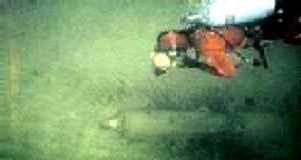 References
References
Space does not allow us to list all of the sources referenced for the compilation of this database. The complete list can however be viewed within the database itself (Reference Database). However, it may be helpful to outline just a few of the primary and more important sources here, and to express our sincere thanks for access to these and to congratulate on the fine work that has been painstakingly spent in their compilation over many years.
Lloyds List (LL), Lloyd’s Registers of Shipping(LRS), Shipwrecks of the Irish Coast(SOTIC) (4 Vols.) by E. Bourke, Shipwreck Index of Ireland (SII) by Bridget Teresa & Richard Larne, Shipwreck Inventory of Ireland(SII) by Karl Brady of the Deptartment of the Environment, Heritage and Local Government of Ireland.
There may be images in this database that are inaccurately attributed, or where there were no credible details of an author available. The authors apologise for this, and would be grateful if the original photographer or artist would make contact, in order that we may properly accredit the image, or to have it removed.
What makes this database somewhat different from others that are available online, is the unique reference made to the records of fishermen, divers and local folklore. To these we owe a considerable debt of gratitude. There is also a considerable input made by the authors’ personal research, both on land and underwater.
References »